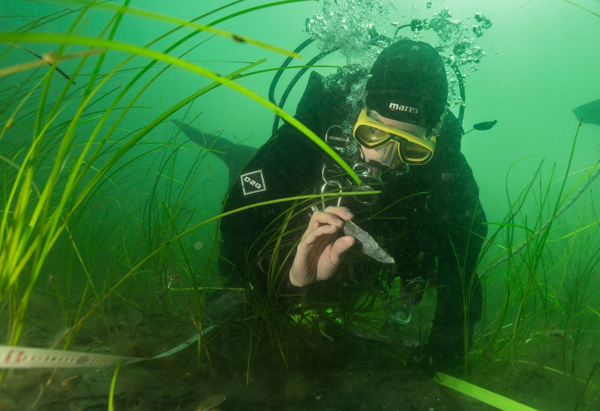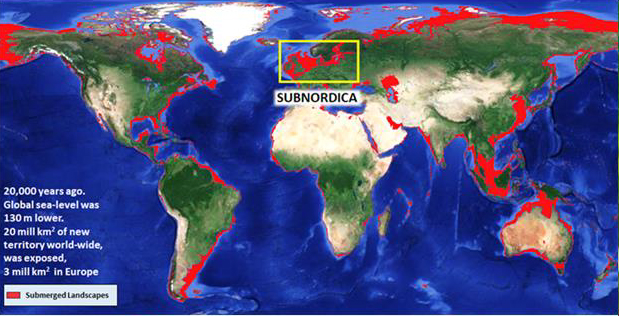University of Bradford researchers in collaboration with other leading institutions have been awarded a substantial grant helping them to explore prehistoric landscapes.
The Submerged Landscapes Research Centre, at the University of Bradford is embarking on an ambitious project to map the Baltic and the North Sea thanks to a grant of €8 million (just under £7 million GBP). This is the largest single grant ever awarded to Bradford University.
Sea levels were much lower 20,000 years ago during the Last Glacial Maximum. The grant will permit the scientists to explore ancient landscapes that are now submerged. The funding is from the European Research Council. This research will provide a deeper understanding of how our ancestors lived in these regions. Wind farm developments are making these locations more inaccessible for scientists.
European Union Research Funding
The EU has provided overall funding of more than €13.2 million for SUBNORDICA – a research collaboration between Moesgaard Museum, Aarhus University, the University of Bradford and the German research institute NIHK.
The scientists will be able to utilise the latest technologies to map and explore the seabed.

Generative AI and computer simulation will be employed to identify areas where long lost settlements may still survive and can be mapped.
Researchers at the University of Bradford’s Submerged Landscapes Research Centre will lead exploration in the southern North Sea along with partners in Holland (TNO), Belgium (VLIZ) and the University of York. The University of Bradford will also host the project’s computing infrastructure, providing modelling and AI support in the quest to explore prehistoric landscapes.
The grant comes from the European Research Council, set up by the European Union in 2007 to fund research excellence in projects based across Europe. The funding is part of the Horizon Europe programme and is part of an overall budget of more than €16 billion from 2021 to 2027.
A Scientific Collaboration to Explore Prehistoric Landscapes
The funding will permit closer collaboration and co-operation between the participating institutions.

A spokesperson from Everything Dinosaur stated:
“The University of Bradford has been at the forefront of the mapping of ancient landscapes such as Doggerland and the Irish Sea. This funding will enable the team to use innovative technology and map a far greater area of European seascape.”
Visit the Everything Dinosaur website: Everything Dinosaur.







Leave A Comment